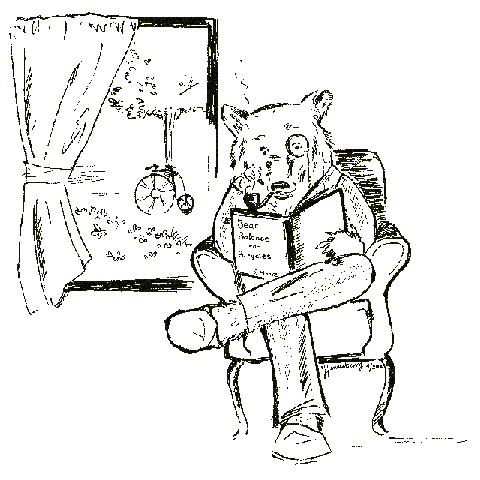
US Olympic rower Seth Weil rowing an instrumented single scull.
Most everyone carries a smartphone each of which have an evolving array of sensors capable of measuring aspects of the phone's dynamic state. The GPS, accelerometer, rate gyroscopes, and magnetometer sensors are particularly useful for predicting the orientation and position of the phone. Smartphones are being used in innovative ways across sports to monitor and assess the performance of athletes. In competitive rowing smartphones can possibly be used to provide more useful performance metrics than the currently used speed measurement devices. We have shown that smartphone data can be used to improve speed and distance per stroke estimates [Cloud2019] but much more may be able to be gleaned by 1) collecting data from smartphones attached to the oars, rower, and seat, 2) collecting data using multiple smartphones simultaneously, and 3) using more advanced filtering algorithms. We have preliminary data available that can be used to further improve the quality and quantity of performance metrics that are important to rowers.
The goals of this project will be tied to answering at least some or more of the following questions:
- What rowing performance metrics can possibly be estimated from limited numbers of smartphones placed on the boat, seat, rower, and/or oars?
- What are the minimal number of smartphones and optimal mounting locations to reasonably estimate specific metrics?
- How accurate can the estimated performance metrics be given limited data (few phones, poor data) and carefully designed filtering algorithms?
- What sensor fusion algorithms are best suited for the available data?
- How can the kinematics and dynamics of the rower-boat system be used to improve the filter estimates?
- How can you minimize the need for calibration and end user complications in mounting the smartphones?
Skills
- 3D multibody kinematics and dynamics
- Data analytics of inertial sensor and GIS time series
- Software engineering (existing tools are written in Python)
References
| [Cloud2019] | Cloud B, Tarien B, Liu A, Shedd T, Lin X, Hubbard M, et al. (2019) Adaptive smartphone-based sensor fusion for estimating competitive rowing kinematic metrics. PLoS ONE 14(12): e0225690. https://doi.org/10.1371/journal.pone.0225690 |
See Also
How To Apply
If you would like to apply for this project, please send an approximately half page letter explaining your motivations and interest in the lab and project, CV or resume, a list of courses you've taken, the name of your MSc track, and any other relevant information to j.k.moore@tudelft.nl.

